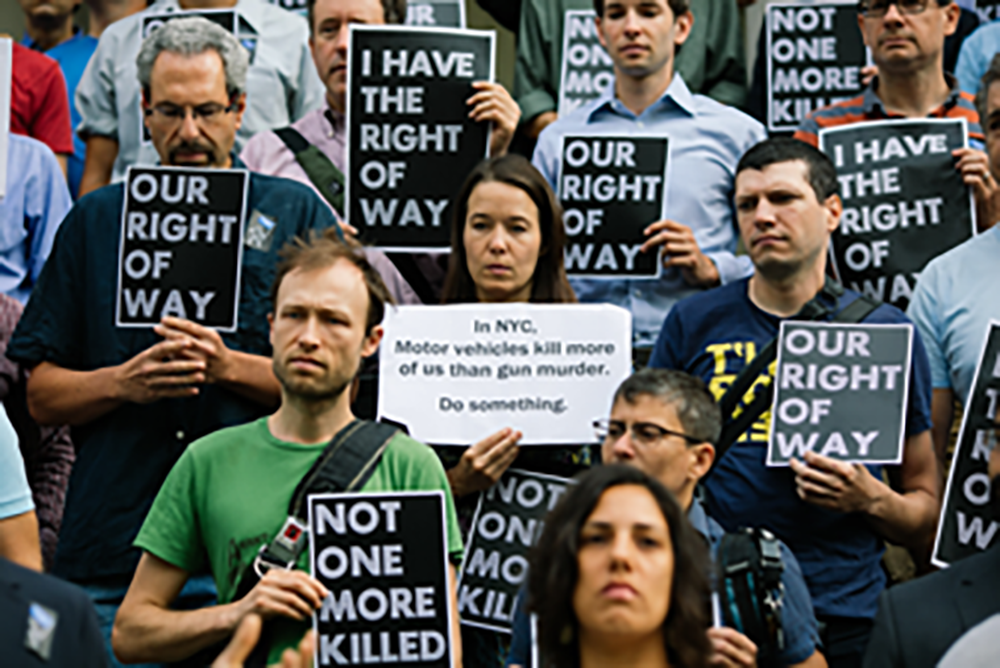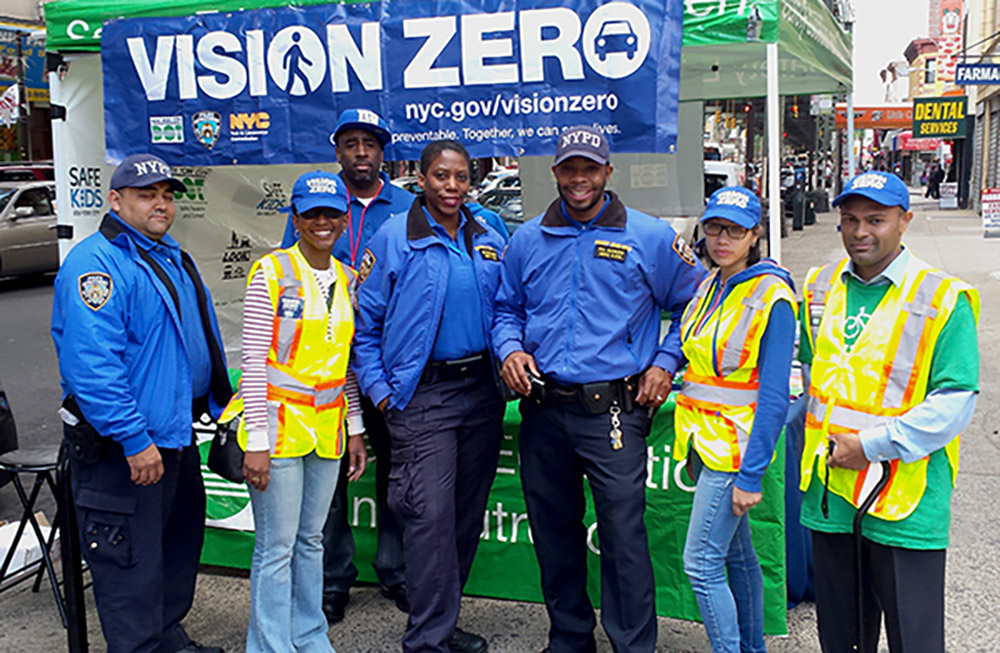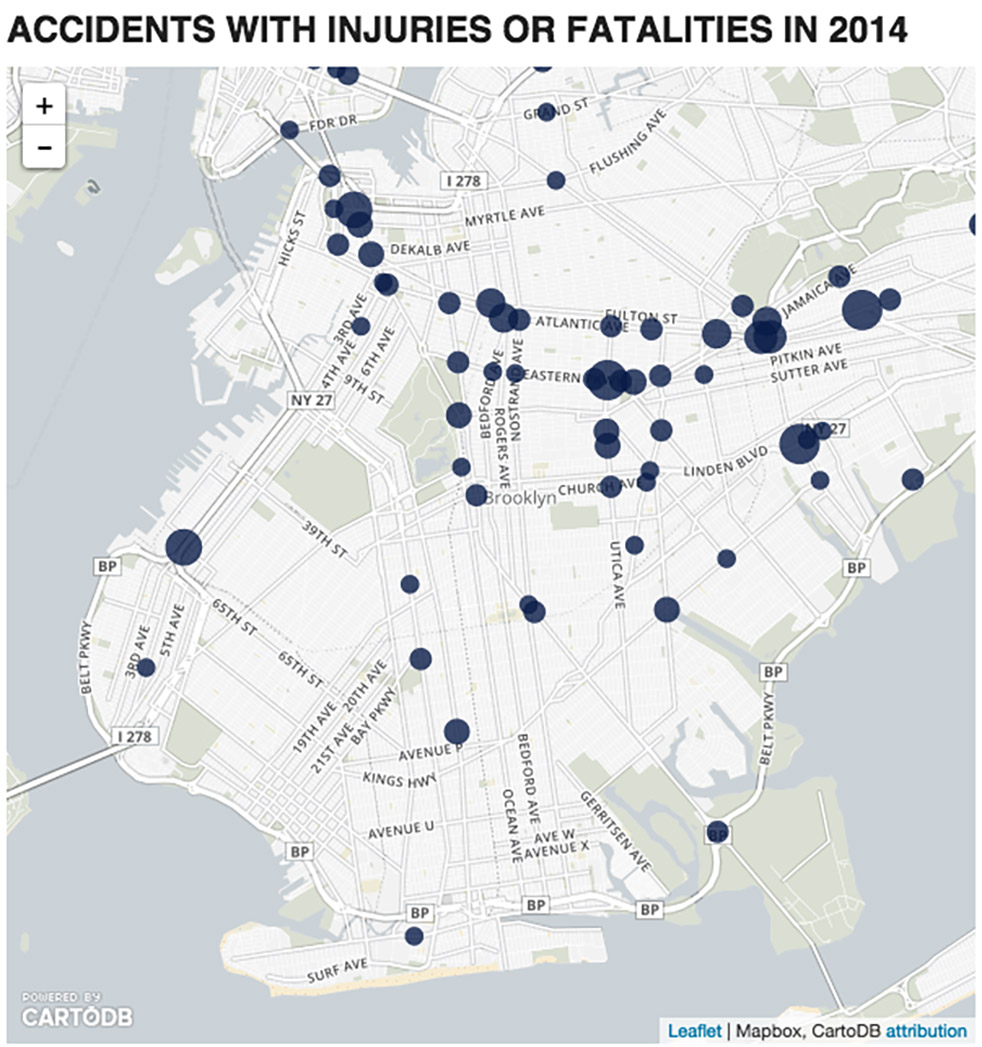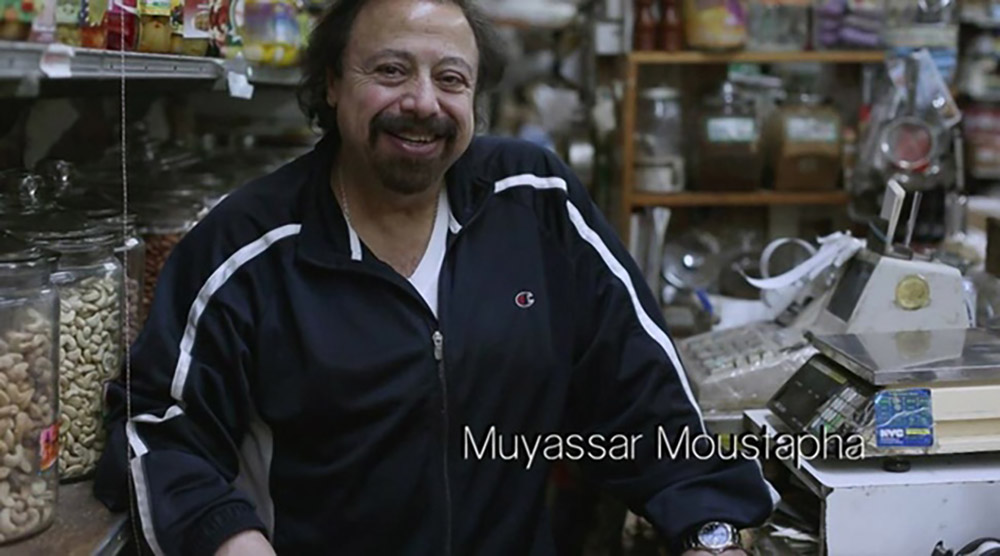Another Life Lost on Atlantic Avenue
So far this year, Brooklyn has seen a total of 23 pedestrian fatalities — more than any other borough. On Sunday night, two blocks away from the former Long Island College Hospital, 66-year-old Muyassar Moustapha — owner of Cobble Hill’s Oriental Pastry shop — had just bought a pint of pistachio ice-cream when he crossed…

So far this year, Brooklyn has seen a total of 23 pedestrian fatalities — more than any other borough.
On Sunday night, two blocks away from the former Long Island College Hospital, 66-year-old Muyassar Moustapha — owner of Cobble Hill’s Oriental Pastry shop — had just bought a pint of pistachio ice-cream when he crossed Atlantic Avenue and was struck and killed by a car. “That car threw his body maybe 20 feet in the air,” a witness told the Daily News.
Despite the friendly competition between Moustapha’s pastry shop and Sahadi’s, across Atlantic, Charlie Sahadi only had fond memories to share when he heard of the tragic incident. “I don’t agree with some of the things Mayor de Blasio came up with, but if that car was driving at 25 miles per hour, this gentleman would not be dead today,” Sahadi told Gothamist.
This traffic collision is heart-wrenching. June’s fatal crash on Atlantic Avenue is heart-wrenching. With new developments such as LICH and Pier 6 expected to bring nearly 1,400 more apartments to the neighborhood, it’s time to think about the safety of our streets. As Brooklyn’s density increases, pedestrian safety becomes an even larger issue.
Photo via Gothamist
Seniors like Moustapha represent only 13 percent of New York City’s population, but they account for 39 percent of pedestrian fatalities. Indeed, being struck by a vehicle is the second leading cause of injury-related death for seniors. Just yesterday, August 12, an 82-year old woman was hit and killed by a dump truck while crossing the street in Bushwick. Last year, Mayor de Blasio adopted the multi-national Vision Zero Action Plan. Through the program, de Blasio hopes to drastically reduce the annual statistic of nearly 4,000 New Yorkers killed or seriously injured in car crashes annually.
The Mayor’s Office has engaged various city agencies and outlined 103 separate initiatives meant to reduce traffic fatalities. According to the Vision Zero website, all planned initiatives are being implemented, and many have already been completed — including a reduction of the citywide speed limit to 25, introducing street safety PSA videos to taxi drivers, and reengineering 50 intersections and corridors to enhance safety.

Photos from NYC Vision Zero
Despite a multimillion dollar investment in the program, and proven success in other countries, many still complain that results so far are only mixed. In 2014, Vision Zero’s first year, 138 pedestrians were killed in traffic collisions city wide. While high, that number is significantly lower than 2013’s record-breaking total of 182 deaths.
According to WNYC’s Mean Streets initiative, there have been 71 pedestrian traffic deaths so far in 2015. While these numbers are lower than previous years, month-by-month comparisons of citywide traffic collisions do not show much improvement. A recent, disappointing, 90-page Vision Zero progress report left much to be desired. “There should be enough data by now to draw some conclusions about what’s working and what’s not,” Streetsblog wrote of the report, “But the report is mostly an exercise in checking off boxes.”

Map via the Daily News
If Brooklyn’s final numbers are to drop from last year’s 83 deaths in the borough, conditions are going to have to significantly improve in the remaining four months of the year.
Last year, Atlantic Avenue became the city’s first slow zone, with its speed limit reduced from 30 to 25 miles per hour. But local community organizations have requested that more be done to reduce speeding. Meetings to discuss traffic concerns will be held in September at local police precincts for Cobble Hill/Red Hook and Downtown Brooklyn/Brooklyn Heights. Hopefully this will be the next step among many to creating a traffic-fatality-free city, borough by borough.
Do you think Vision Zero is working, or can this city do better?
Vision Zero Coverage [Brownstoner]
Mean Streets Initiative [WNYC]
Probe Finds Mixed Results for Vision Zero [NY Daily News]
Top photo via Transportation Alternatives






We never had this amount of bicycle accidents before the activist types started moving to the City. Everything gives them reason to create some type of movement where they are victims.
We never had this amount of bicycle accidents before the activist types started moving to the City. Everything gives them reason to create some type of movement where they are victims.
It’s a travesty to impose tougher regulations without backing them up with enforcement. I’d call it Zero Vision — expecting this program to enforce itself. De Blasio has inherited this problem, but his implementation so far has been ineffective.
It’s a travesty to impose tougher regulations without backing them up with enforcement. I’d call it Zero Vision — expecting this program to enforce itself. De Blasio has inherited this problem, but his implementation so far has been ineffective.
While not appearing so prominently on the fatalities chart (there are a few dots above), I’d like to insist that the entire corridor of Broadway from the Williamsburg Bridge to Broadway Junction is a minefield of deathtraps for pedestrians and cyclists. The elevated tracks have columns that block views, but that doesn’t stop cars from speeding when they can and turning into intersections at high speed without regard. Moreoever, the crosswalks are faded in many of the areas.
We need more enforcement throughout more of NYC. The use of cameras and traffic police are the main way to discourage the idea that driving in the Borough of Brooklyn is a free-for-all.
Agree, Broadway + Myrtle av (with elevated tracks in Bushwick) are the worst. Zero enforcement of any rules – I see cars running red lights on almost daily basis.
While not appearing so prominently on the fatalities chart (there are a few dots above), I’d like to insist that the entire corridor of Broadway from the Williamsburg Bridge to Broadway Junction is a minefield of deathtraps for pedestrians and cyclists. The elevated tracks have columns that block views, but that doesn’t stop cars from speeding when they can and turning into intersections at high speed without regard. Moreoever, the crosswalks are faded in many of the areas.
We need more enforcement throughout more of NYC. The use of cameras and traffic police are the main way to discourage the idea that driving in the Borough of Brooklyn is a free-for-all.
Agree, Broadway + Myrtle av (with elevated tracks in Bushwick) are the worst. Zero enforcement of any rules – I see cars running red lights on almost daily basis.
It took me a while but I was able to find an old report I made:
Message:
Dear Mayor Bloomberg:
I would like to let you know that the traffic on Atlantic Avenue in Brooklyn between Court Street and Fourth Avenue has become very very dangerous for pedestrians. Almost every car I observed around 9:00PM on Monday January 2, 2012 and again yesterday January 8, 2012 at 3:30PM was exceeding the 30mph New York City speed limit.
Also cars making the turn onto Atlantic from Smith street were entering the intersection at high speed with total disregard for pedestrians in the crosswalk (I was one of them).
Cars traveling over the speed limit and entering pedestrian crosswalks at high speed and in total disregard for pedestrians has become the rule rather than the exception everywhere in New York City. It is senseless that our city allows this. Please begin enforcing all moving violations at all times everywhere.